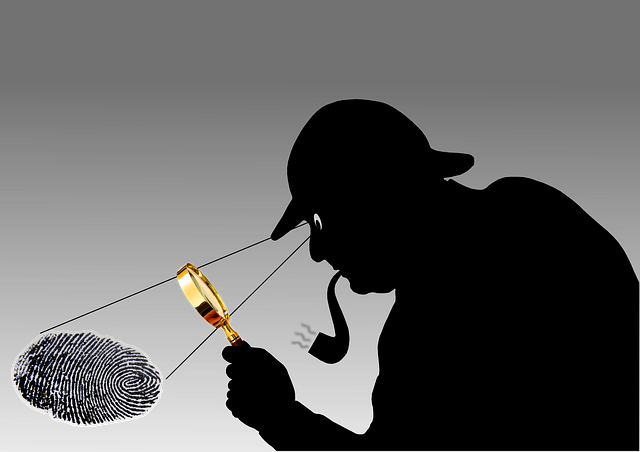 Non-believers are quick to point out that evidence of the existence of God, Christianity, and the afterlife is so subtle that it would be unlikely to stand up in a courtroom proceeding. The foundation of most faith-based beliefs lies in ancient texts that have been passed down in some form for generations. Along the way, those written accounts have been translated, re-translated, and modified by changes in language and interpretation.
Non-believers are quick to point out that evidence of the existence of God, Christianity, and the afterlife is so subtle that it would be unlikely to stand up in a courtroom proceeding. The foundation of most faith-based beliefs lies in ancient texts that have been passed down in some form for generations. Along the way, those written accounts have been translated, re-translated, and modified by changes in language and interpretation.
To further complicate our analysis of the evidence of the spirit world, contemporary society views the ancient world as naive and ignorant. Understandably, this leads to questions about the credibility of the authors of those accounts. We can’t help but wonder if those who created those narratives weren’t handicapped by superstition and ignorance.
To use a contemporary saying – we take those tales with a grain of salt. Armed with basic knowledge of modern science, we find ourselves challenging many of the extreme examples described in the Bible.
Interestingly, we are even more critical of contemporary accounts that might support those ancient anecdotes. Those who would relate stories that support biblical views find themselves suspect due to a history of fakers and con artists who have preyed upon the desperate members of our society.
Technology to the rescue.
Today’s technology allows for access to a treasure trove of evidence that supports faith.
In the not-too-recent past, reports of NDE’s (near-death experiences) and accounts of mediums were limited to newspaper or magazine stories. Today, such accounts can be available worldwide, in a matter of minutes.
Many of these accounts are, essentially, contemporary versions of stories we have read in the Bible. But, somehow, we view these modern versions as being even more suspect than the ancient texts. The ancient texts seem to have earned a degree of credibility based on tradition alone.
So, what lends credibility to contemporary accounts? How do these accounts support faith?
Thanks to today’s technology, we can witness, in real-time, or in short order, multiple accounts that share similar elements. We can witness multiple accounts of those who describe leaving their body during a momentary death experience, only to return to describe a feeling of unconditional love.
We can witness mediums who are able to relate events that they have no way of knowing.
It is the volume of these similar reports that enhances the credibility of those who are bold enough to face ridicule to offer a glimpse of hope to those of us who are blinded by an over-dependence on science and logic.
Perhaps we can find comfort and faith when we recognize that both ancient accounts and contemporary experiences reference the same reality – that there is an existence beyond the physical, and a few gifted individuals are able to see beyond the boundaries and counsel those of us less fortunate.
